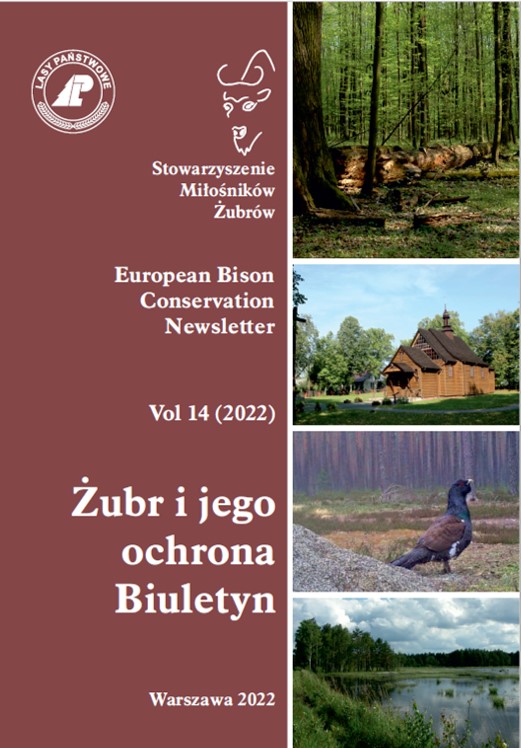Reproduction parameters of wisent in ex situ condition
Keywords:
wisent, Bison bonasus, reproduction, captive breeding, populationAbstract
Actions aimed at restitution of the European bison have resulted in tangible effects. Status of the species in the Red List published by the International Union for Conservation of Nature (IUCN) has been changed from a vulnerable (VU) to a near-threatened (NT). Further management of the species requires updating the results of demographic research. The aim of this study was analysis of reproduction data of the European bison population kept in chosen enclosures. The analysis was carried out for period between years 1998–2017 on the basis of the information from the European Bison Pedigree Book about 8 selected herds. Most females gave birth to their first calf between the ages of 5 and 6 years. The mean number of calves per one female was 9.2 (SD = 3.08). The fertility rate was: 58.43% (SD = 21.33). The sex distribution at birth does not differ significantly from the expected 1: 1 ratio. An intensification of the phenomenon of unstable reproduction seasonality and the effects of breeders' activities aimed at lowering the parameters of reproduction were proofed.
Downloads
Published
How to Cite
License
Copyright (c) 2022 Magda Kaczmarek-Okrój, Wanda Olech

This work is licensed under a Creative Commons Attribution 4.0 International License.





